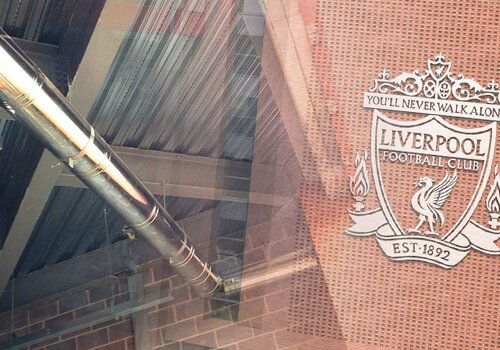The first thoughts about safety at work are always about physical injury prevention as well as inhaling fumes, hazardous substances, etc. However, Occupational Noise, which is the amount of acoustic energy received by an employee of a company, can cause permanent damage if it is continuous.






News
Anfield is one of the historic stadiums in the world, with a team to match, having been crowned League Champions for the first time since 19...

News
The primary heating services at Darlington Memorial Hospital were upgraded to create a new state-of-the-art energy centre which will reduce ...